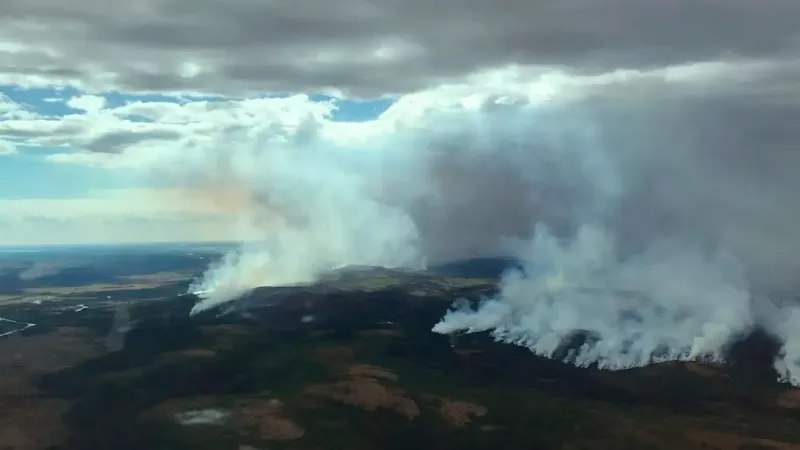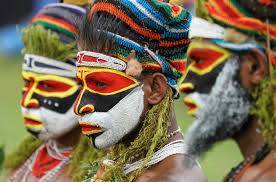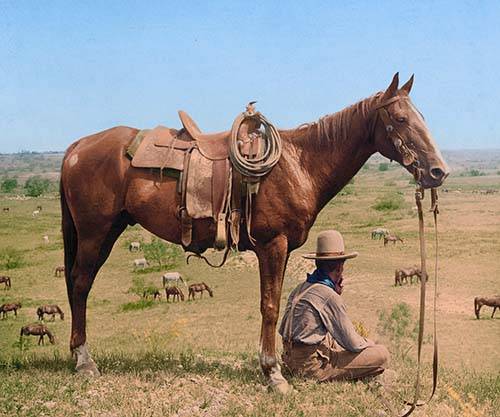As of June 15, over a million acres of the state had already been scorched, the earliest the state hit that benchmark in decades.
Alaska is struggling through a record breaking wildfire season. A million acres have burned as of June 15, the earliest in decades, according to the Anchorage Daily News.
The fires are being fueled by unusually dry and warm weather in the region. More than 300 wildfires have burned recently and about 100 are still burning across the state, The Washington Post reported. This includes the East Fork Fire, which was set ablaze in late May and has burned more than 163,000 acres. It ranks among the state’s largest tundra wildfires on record, according to KTOO Public Media.
Residents in areas like Saint Mary’s, have had to evacuate from their homes this month as the flames and smoke have encroached closer and closer to their village. The many quick spreading flames have stretched out resources for several Alaskan agencies dedicated to fighting the wildfires.
“We’re just trying to get staff in position because we anticipate what may happen with the high pressure moving in over the state, the drought conditions that have persisted through many areas of the state,” Sam Harrel, a Fairbanks-based Division of Forestry public information officer said, according to The Anchorage Daily News. “We need to be prepared for what happens because it takes a long time for resources to make it to Alaska. It’s a little easier for Oregon to go to California to help fight fire than it is for Oregon to go to Alaska.”
The wildfire season officially starts around late May to early June and usually ends by September as temperatures cool off. However, Alaska’s nighttime temperatures are on the rise alongside its daytime temperatures, according to data from the International Arctic Research Center, leaving little respite from the heat, and fueling bigger and hotter fires.
As temperature rise in the region, the growing season has become longer as well, which leads to more tundra vegetation that fuels wildfire spread. From 2001 to 2020, more than 31.4 million acres of Alaska were burned by wildfires, more than twice how many acres burned in the prior two decades combined, a report from the International Arctic Research Center found.
There are more blazes in and near the Arctic due to other climate change related factors as well. Like many states in the lower 48, some parts of Alaska are also experiencing unusually dry conditions. The U.S. Drought Monitor shows that about half of the state is experiencing abnormally dry and moderate drought conditions as of late June.




